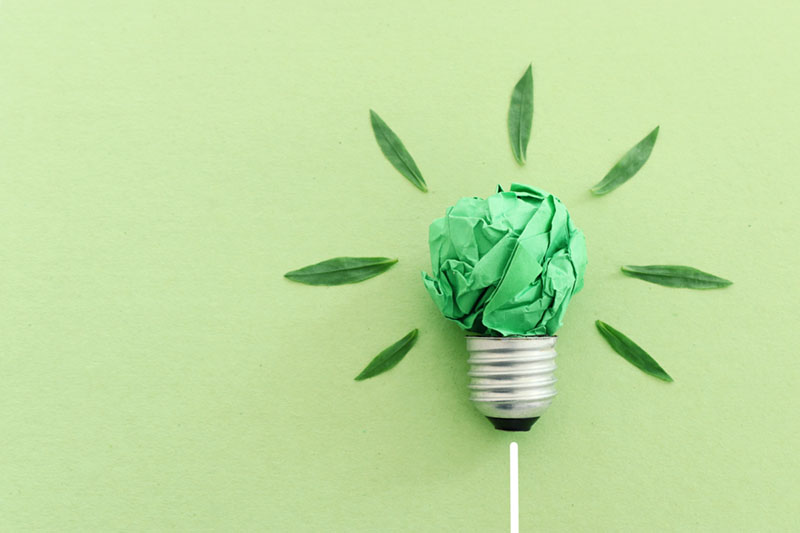
Creating Eco-Friendly Designs: Design for Sustainability
japanchildrenrights.org – Design for sustainability is an approach that integrates environmental considerations into the design process, aiming to reduce the ecological footprint of products, services, and systems. This holistic approach encompasses the entire lifecycle of a design, from conception to disposal, ensuring that each stage minimizes harm to the environment. Here’s a comprehensive guide on how to create eco-friendly designs that contribute to a sustainable future.
Understanding Sustainable Design Principles
Sustainable design is rooted in several key principles that guide the design process:
- Reduce: Minimize the use of materials and resources.
- Reuse: Design products that can be repaired, reused, or refurbished.
- Recycle: Ensure that materials can be recycled at the end of a product’s life.
- Renewable: Use materials that are renewable or biodegradable.
- Efficiency: Optimize the use of energy and resources.
Material Selection for Sustainability
Choosing the right materials is crucial for sustainable design. Here are some guidelines for selecting eco-friendly materials:
- Biodegradable Materials: These materials break down naturally, reducing waste.
- Recycled Materials: Using recycled materials reduces the demand for new resources and decreases waste.
- Renewable Resources: Materials like bamboo, cork, and certain plastics derived from plants are sustainable alternatives to traditional materials.
- Low-Impact Materials: Opt for materials that have a lower environmental impact throughout their lifecycle.
Designing for Energy Efficiency
Energy efficiency is a critical aspect of sustainable design. Here are some strategies to incorporate:
- Energy-Efficient Technologies: Integrate technologies that consume less energy, such as LED lighting and energy-saving appliances.
- Passive Design: Utilize natural elements like sunlight and wind to reduce energy consumption.
- Smart Systems: Implement smart home or building systems that optimize energy use.
Lifecycle Assessment (LCA)
A Lifecycle Assessment (LCA) is a technique to assess environmental impacts associated with all the stages of a product’s life, from raw material extraction through materials processing, manufacture, distribution, use, repair and maintenance, and disposal or recycling. Conducting an LCA helps designers make informed decisions that minimize environmental impact.
Eco-Friendly Packaging
Packaging is a significant source of waste. Designing eco-friendly packaging involves:
- Minimalism: Reduce packaging to the minimum necessary to protect the product.
- Recyclable Materials: Use materials that can be easily recycled.
- Biodegradable Packaging: Opt for packaging that breaks down naturally.
- Reusable Packaging: Design packaging that can be reused multiple times.
Education and Awareness
Sustainable design also involves educating consumers and stakeholders about the environmental impact of products and how they can contribute to sustainability. This can include:
- Labeling: Provide clear information about the sustainability of products.
- Instructions for Reuse and Recycling: Guide consumers on how to properly dispose of or recycle products.
- Promoting Sustainable Practices: Encourage consumers to adopt sustainable behaviors.
Conclusion
Design for sustainability is a critical approach in today’s world, where environmental challenges are increasingly pressing. By integrating sustainable principles into the design process, designers can create eco-friendly designs that not only reduce environmental impact but also meet the needs of consumers and businesses. Embracing sustainable design practices is essential for creating a more sustainable and resilient future for our planet.


